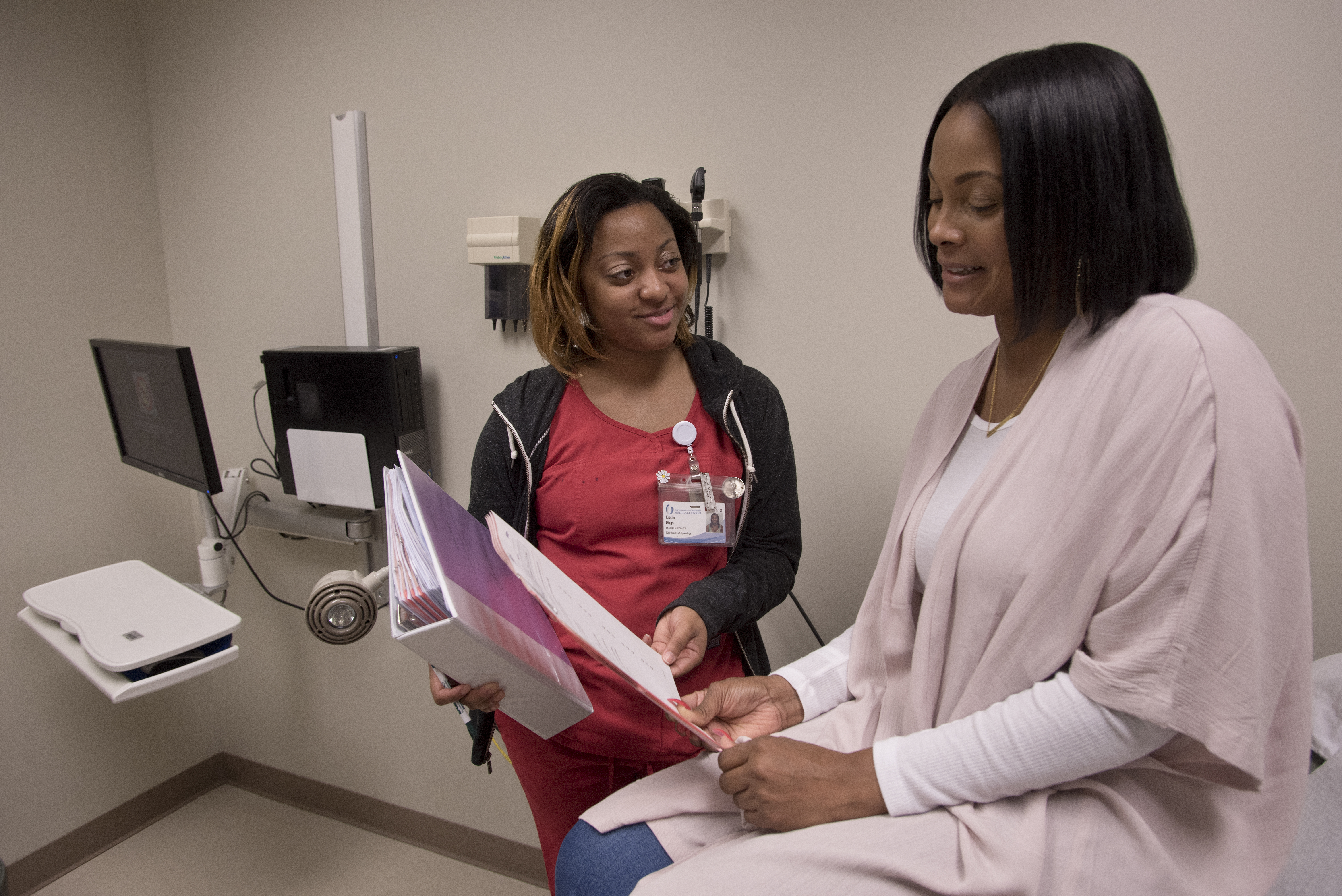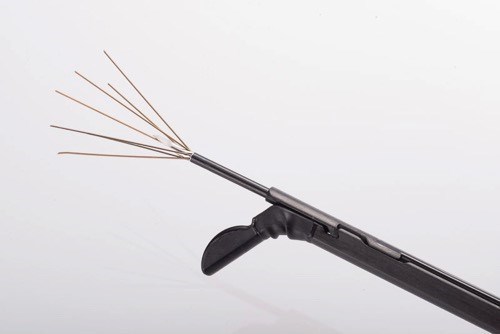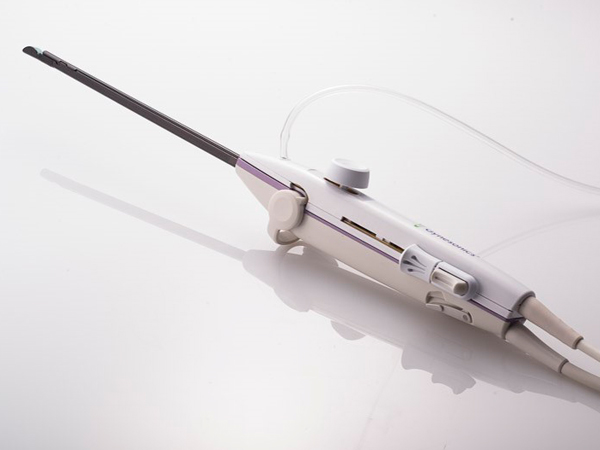Clinical trial turns up the heat on uterine fibroids

The University of Mississippi Medical Center is one of 25 hospitals participating in the Sonata™ (Sonography-Guided Transcervical Ablation) study, a clinical device trial to treat uterine fibroids.
“You deliver heat energy directly to the fibroids, which can dry and shrink them,” said Dr. Jay Hudgens, assistant professor of obstetrics and gynecology and lead investigator for the UMMC study site.
Uterine fibroids are clusters of muscle cells that grow faster than their neighbors. As many as 80 percent of women will develop uterine fibroids by age 50, but most experience no symptoms. However, if the fibroids are large or numerous, they may cause severe menstrual bleeding, abdominal and back pain or pregnancy complications.
Hysterectomy (removal of the uterus) and laparoscopy (using smaller cuts to view and remove fibroids) are the most common treatment options, but both require anesthesia, incisions and an operating room, Hudgens says.

“With Sonata there are no incisions. Eventually, this procedure could be done in the doctor's office,” Hudgens said. Most importantly, it is a one-time procedure that preserves the uterus by targeting only the fibroids and ablating them.
Medically speaking, ablation is a process that heats tissues so the cells can no longer grow. Physicians already use lasers, heat or freezing to ablate skin, heart or throat surfaces to treat a variety of conditions.
Hudgens says that the uterine endometrial lining can also be ablated as a treatment for heavy menstrual bleeding, but it doesn't target fibroids embedded in the uterine wall.

But by using radiofrequency waves, Sonata can penetrate deeper into the wall, ablating intramural fibroids. Guided into the uterus through the cervix, a small attached ultrasound device is used to locate fibroids. Thin tines fan out and heat up to about 105°F to dry out and shrink fibroids without damaging other tissues. It takes about 2-4 minutes to treat each one, depending on the size and location.
Koretta Vaughn is an IT consultant in Hattiesburg and learned about the trial on the UMMC website and thought it might be a good option to treat her own fibroids.
Vaughn underwent the Sonata procedure on February 4. She said that there was a burning sensation and a little pain after the procedure, but was doing well at her two-week follow up visit at UMMC's Women's Specialty Care Clinic in Flowood.
“The staff here have been very friendly,” Vaughn said. “They're good at keeping me updated on all of the information.”
That staff includes KiOsha Diggs, the clinical research nurse who is coordinating patients.
“I go over the patient's medical history to make sure they're qualified and prepared for the study and answer any questions they have along the way,” Diggs said.
Vaughn will return to Jackson for periodic visits over the next three years to monitor her symptoms, look for changes in blood flow to the fibroids and check for any side effects.

The device has received approval for use in Europe, but still needs to complete Food and Drug Administration safety and efficacy trials in the United States.
“There is a lot of information we need to collect on each patient to ensure that the procedure is safe in the long-term,” Hudgens said. For example, it is still not known how Sonata affects fertility.
“The definition of success for this device depends and what you're measuring,” Hudgens said, whether that's less severe menstrual symptoms, shrinking fibroids or overall quality of life.
Personally, Hudgens hopes that this surgery-free procedure will become a treatment option for women that will improve their quality of life.
Just two weeks later, Vaughn says she is already noticing an improvement.
“I have felt more comfortable,” she said. “There's less pressure in my pelvic area.”


